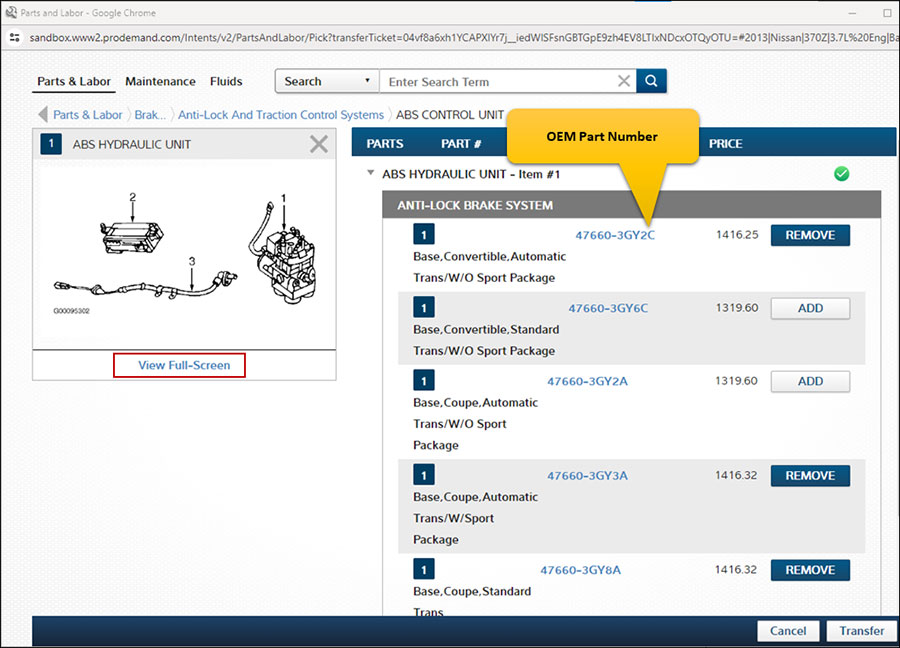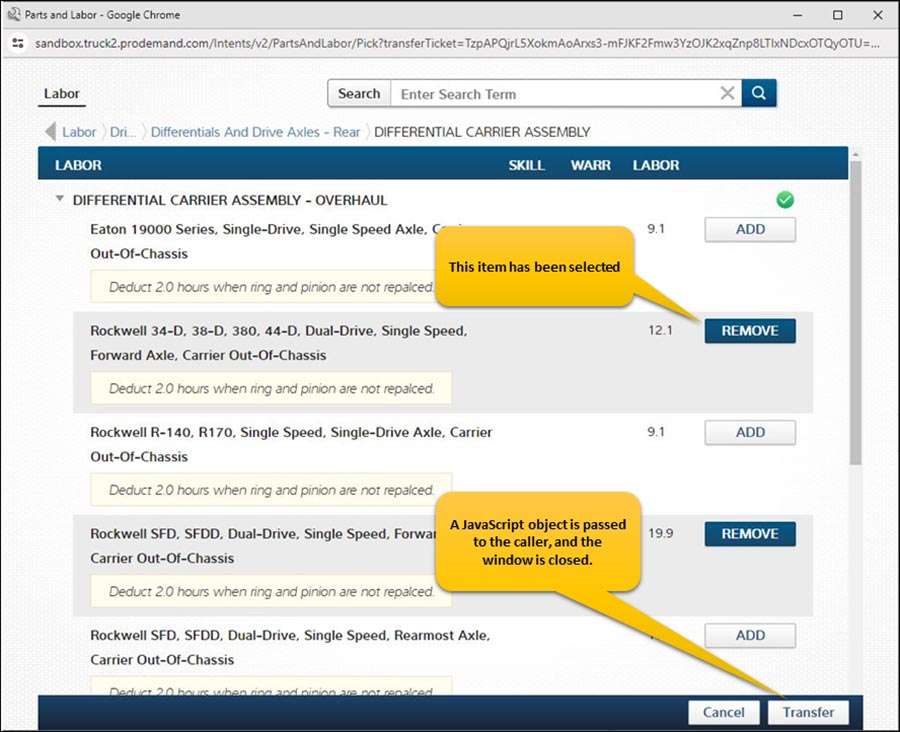
(Image: Fleet Equipment)
As summer draws towards a close, many of us are anticipating those final, enjoyable outside gatherings before the weather changes. Preparing for these events will include a list of those who we hope invite. Getting ignored or left out from a party can leave some a bit miffed, which does not help for lasting relationships. Being hospitable takes a bit of effort.
Case in point: In the Ancient Greek poem Homer’s Odyssey, the Ithacan King Odysseus and his crew enter a cave filled with milk and cheese–unaware it’s home to the one-eyed giant, Cyclopes Polyphemus. The monster has no respect for the laws of hospitality and proceeds to eat the crew for dinner … one by one. Luckily, Odysseus and those remaining escape by blinding the monster with a sharpened pole. Moral to the story, remember all your guests and be hospitable!
What pray tell does this have to do truck maintenance? Quite a lot actually. As vehicles become increasingly complex, so does maintenance. Although advances in lubricants and sealed systems have lengthened or eliminated many items needing regular attention in the past, new systems continue to emerge that require additional maintenance attention. So, should maintenance inspection evolve along with the changing vehicles?
Some shops will attach an inspection checklist to the repair order to verify that all items on the list are being properly addressed. However, it can be difficult to come up with a one-size-fits-all maintenance checklist unless a shop works on only one type of vehicle.
When reviewing various maintenance recommendations across different model vehicles, it quickly becomes clear that there are numerous items that remain the same across lines. The schedules differ but the inspection/maintenance points are the same, such as oil and filter changes, engine coolant status, and such.
However, every vehicle model has service items unique to itself. It’s the variations between vehicles that service points can get overlooked. So, if new equipment enters the fleet–or if you need to review an existing fleet–it’s beneficial to review the service information to determine the dissimilarities in maintenance needs between the vehicles.
For the service technician, it’s helpful to review the service points that are on a vehicle. Where are all the lubrication points and how do you access them? That one lube point that consistently gets missed may very well be the point that fails or causes trouble elsewhere on the vehicle. Hidden and unknown filters can also become a nightmare when trying to diagnose and repair drivability issues.
As the shop and technician, we are the host to the maintenance party. We need to be hospitable to each and every maintenance point and give it the attention it deserves. It’s best to look at the service needs of the whole vehicle, however, rather than taking a monocular approach to maintenance. This will not only keep all the points happy and working together, but it will help build lasting relationship with your customers.
Want to learn about TruckSeries?
Request a FREE DEMO today!
You may also like to read:






